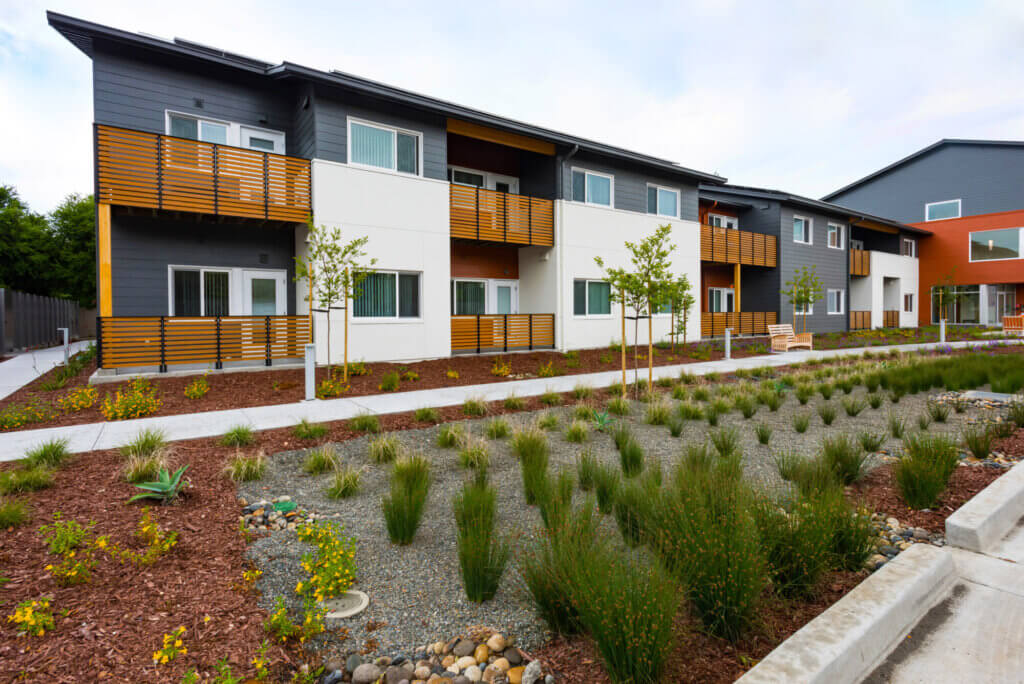Renting the Dream: The Rise of Single-Family Rentals
Published On April 18, 2018
Tenants living in single-family homes in the United States represent the fastest growing segment in the housing market today, but neither academic literature nor public policy has kept pace with their growing importance. Today, the Terner Center is releasing a new study seeking to better understand this group of renters, the homes and neighborhoods they occupy, and the policies that might better support their success.
Our study presents data on single-family renters living in a range of housing markets across the country. Our first question: why has this market segment grown so fast? In short: a boom in single-family home construction in the early 2000s followed by the recession and foreclosure crisis positioned many families with a need to rent, and many formerly-owned homes with a need for occupants.
But there’s more than just market dynamics at play here. Our research also found that personal circumstances and preferences are driving some of this increase as well: single-family rental homes also serve as a good option for families seeking the amenities of a detached home in a suburban neighborhood, but without the commitment or barriers associated with ownership.
Indeed, many of the single-family renters we surveyed perceive advantages to their current home, citing relative affordability, convenience, flexibility and access to quality neighborhoods.
We also learned that four in five single-family renters hope to become a homeowner within the next five years (and most seek to own a home different from their current residence). Yet it is unclear whether they will be able to make that dream a reality. Though many single-family renters aspire to homeownership, the pathway is just as rife with barriers—from credit challenges to insufficient resources for a downpayment—for single-family renters as it is for large swaths of the rest of the population.
In better understanding their needs and preferences, and recognizing the reality that they will likely remain a significant market segment, our paper puts forth several recommendations to develop and implement policies to protect and support the single-family rental population. As supply constraints and broader market forces continue to put pressure on affordability (among renters and homeowners alike) some strategies like a renter’s tax credit and lease-to-own models could provide short and long-term financial assistance to single-family renters. Meanwhile, strategies to support fair and quality property management—specific to this type of housing typology and renter—will also be increasingly important.
Though this research draws from a relatively small data set, it puts a spotlight on this emergent and under-examined part of the U.S. housing market, and points practitioners and academics alike in the direction of much needed further discussion and analysis.





